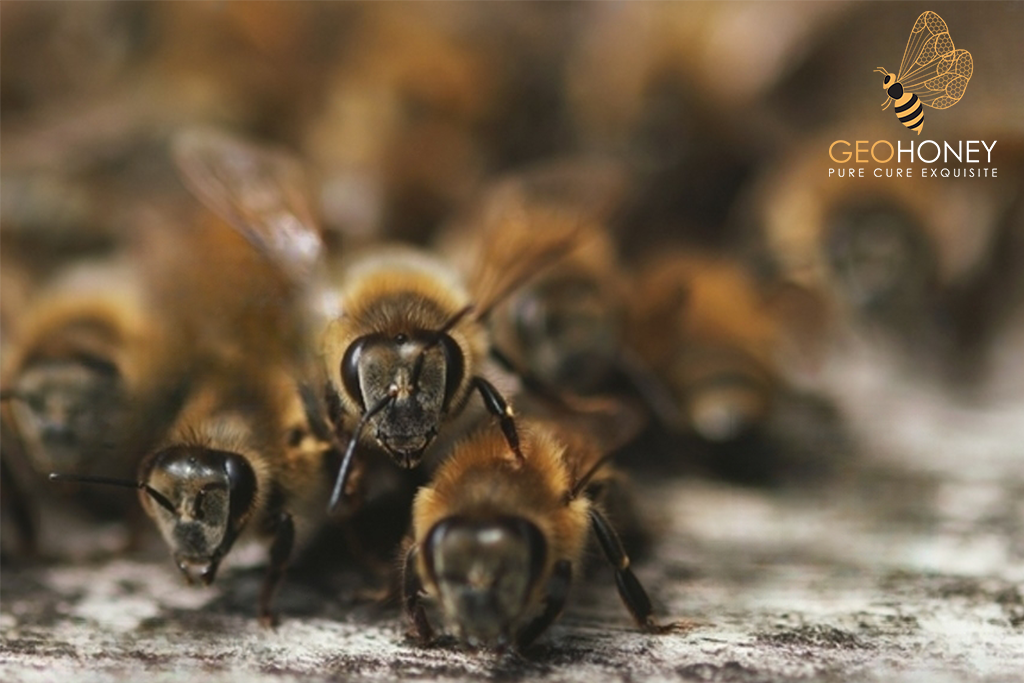- Tokyo: 22:15
- Singapore: 21:15
- Dubai: 17:15
- London: 13:15
- New York: 08:15
The Research has Discovered how Honeybees Identify their Dead Mates

In honey bees (Apis cerana), undertakers perform "undertaking behaviour" to remove dead bodies. The undertakers rely on a signal associated with death to perform this behaviour. However, it remains unclear how undertakers instantly recognize dead honey bees.
In a study published in the Entomologia Generalis journal, researchers from the Xishuangbanna Tropical Botanical Garden (XTBG) of the Chinese Academy of Sciences investigated signals used by undertakers to detect death in honey bees. They compared body temperature and CHEs of living and dead bees using semi-volatile sampling, GC, and GC-MS. They then analysed how body temperature affects CHEs using thermal imaging and simulation.
The researchers also tested the antennal perception of bees toward specific cuticular hydrocarbons (CHCs) using GC-electroantennographic detection. They performed inhibition and release bioassays with synthetic CHCs and other honey bee pheromones, as well as heating apparatus.
The removal of body parts is related to the cuticle area, not specific to the gland; life/death signals are cuticular in origin; major chemical differences between live and dead bees are low levels of CHEs in dead bees. In addition, temperature and vapour pressure analyses indicated that body heat-induced CHE was responsible for inhibiting undertaking behaviour. Bioassays with heating apparatus, CHC regulation, and cross pheromone addition confirmed that body heat-induced CHE was responsible for inhibiting undertaking behaviour.
In this study, dead bees were removed at different speeds depending on the amount of wax on their bodies. The removal was dose-dependent, and bees with lower CHEs were removed faster. Other tactile or non-volatile cues, which were always included in controls, showed no inhibition.
"This study confirms that CHEs are a useful life signal for sensitive and straightforward death recognition used by undertakers,"said Wen Ping, the first author of the study.
Source: phys.org



